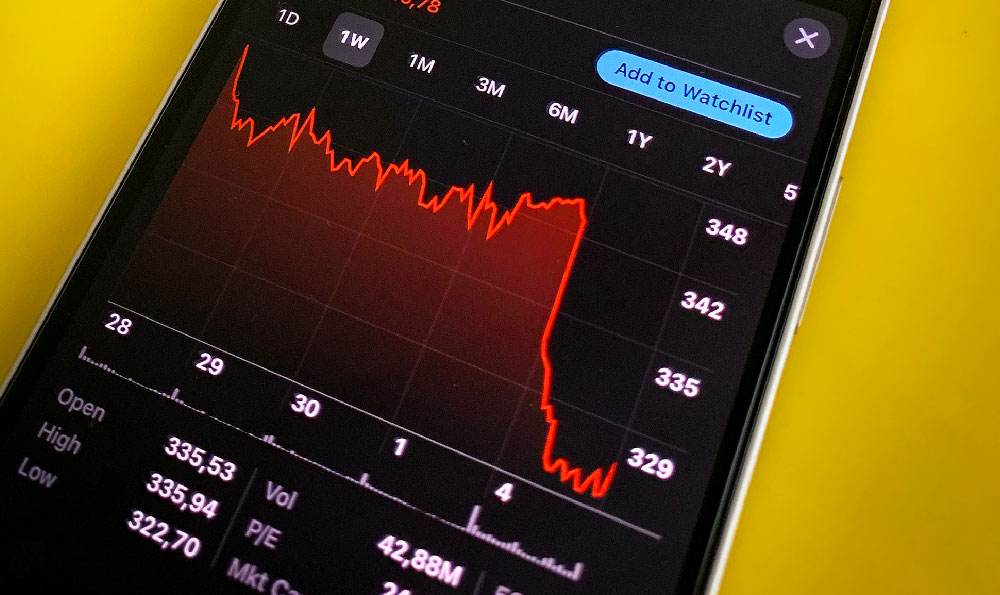The National Basketball Association (NBA) is a global entertainment powerhouse, generating billions of dollars annually. Understanding how NBA teams generate revenue is crucial not only for aspiring sports business professionals but also for fans keen to appreciate the financial dynamics behind their favorite teams. NBA teams, like any successful business, have diverse revenue streams, each contributing to their overall profitability and competitive advantage. These income sources can be broadly categorized into game-related revenue, media rights, sponsorships and merchandising, and other ancillary sources.
Game-related revenue is perhaps the most directly visible source of income. This includes ticket sales, which form a significant portion of a team's earnings. The price of tickets varies dramatically based on factors such as the team's performance, the opponent, seat location, and even the day of the week. Popular teams and marquee matchups command significantly higher prices. Luxury seating, suites, and club-level tickets offer premium experiences at a premium price, contributing substantially to this revenue stream. The arena itself becomes a hub of commercial activity on game nights. Beyond tickets, in-arena sales of food, beverages, and team merchandise further bolster game-day income. These sales are often managed by the team itself or through concessions agreements with third-party vendors. A well-managed game-day experience, encompassing not only the basketball game but also the food, entertainment, and atmosphere, is paramount for maximizing revenue generation.
Media rights represent another massive source of income for NBA teams. The NBA has lucrative national television deals with networks like ESPN, ABC, and TNT. These agreements generate billions of dollars, which are then distributed among the teams based on a pre-determined formula. Local television and radio broadcast rights provide an additional revenue stream. Individual teams negotiate deals with regional sports networks (RSNs) to broadcast their games within a specific geographic area. These RSNs pay the teams for the rights to air their games, allowing fans to follow their favorite team regularly. The value of these local broadcast rights depends on factors such as the team's market size, popularity, and performance. With the rise of streaming services, digital media rights are becoming increasingly important. Teams are exploring opportunities to stream games directly to fans through their own platforms or through partnerships with existing streaming services. This shift towards digital consumption presents both opportunities and challenges for revenue generation in the media landscape.

Sponsorships and merchandising are critical components of an NBA team's revenue strategy. Sponsorships encompass a wide range of agreements with companies seeking to associate their brand with the team and its fanbase. These sponsorships can include arena naming rights, jersey sponsorships, courtside advertising, and various promotional activities. The value of a sponsorship deal depends on the team's market size, brand recognition, and the reach of its fanbase. Teams actively cultivate relationships with potential sponsors, offering tailored packages that meet their specific marketing objectives. Merchandising involves the sale of team-branded apparel, accessories, and memorabilia. This includes jerseys, t-shirts, hats, and other items that allow fans to show their support for the team. Merchandise is sold at the arena, through online stores, and at retail outlets. The NBA has a licensing agreement with companies like Nike and Fanatics, who manufacture and distribute officially licensed merchandise. A successful merchandising strategy requires a focus on quality, design, and availability, ensuring that fans have a wide range of products to choose from.
Finally, NBA teams also generate revenue from other ancillary sources. This can include investments in real estate development around the arena, revenue from summer leagues and basketball camps, and proceeds from hosting non-basketball events at the arena. The modern arena is increasingly viewed as a multi-purpose entertainment venue, capable of hosting concerts, conventions, and other events that generate revenue for the team. Furthermore, revenue sharing agreements between teams and the league help to level the playing field and ensure that all teams have the resources necessary to compete effectively.
The distribution of revenue among NBA teams is a complex process governed by the league's collective bargaining agreement (CBA) with the players' union. The CBA outlines the percentage of revenue that must be shared with the players and the formula for distributing revenue among the teams. Revenue sharing is designed to reduce disparities between teams in large and small markets, ensuring that all teams have a chance to be competitive.
In conclusion, NBA teams rely on a diverse range of revenue streams to sustain their operations and compete at the highest level. Game-related revenue, media rights, sponsorships and merchandising, and other ancillary sources all contribute to a team's overall financial success. Understanding these revenue streams is essential for anyone interested in the business of basketball. As the NBA continues to evolve, teams will need to adapt their revenue strategies to capitalize on new opportunities and navigate the changing landscape of media, technology, and consumer behavior. The ability to generate revenue effectively is crucial for ensuring long-term financial stability and maintaining a competitive edge in the league.












